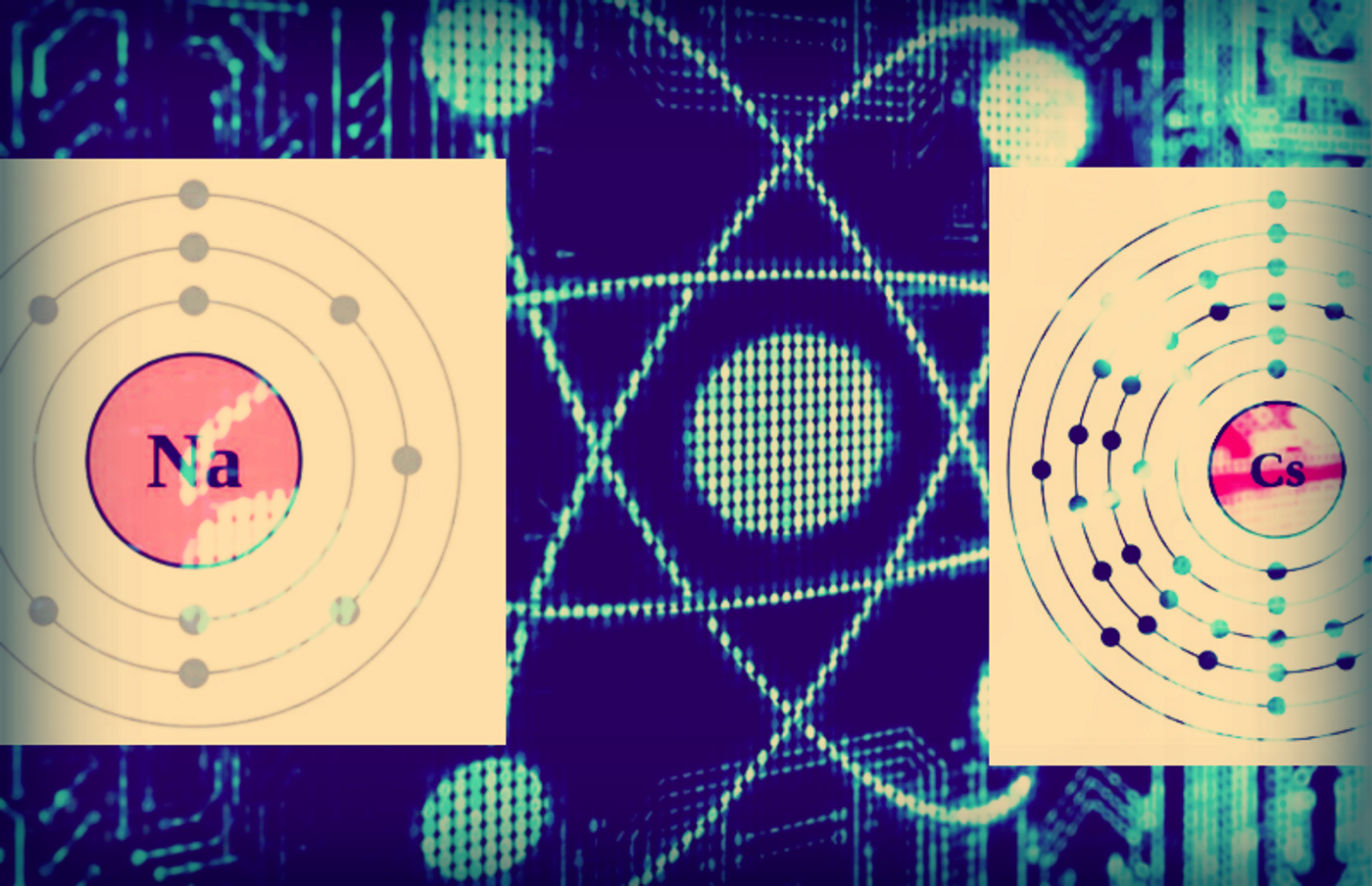Single Atoms Made Into Molecule With Lasers
In April 2018, scientists from Harvard used precise lasers to create a molecule with two single atoms. Rather than attempting to engineer mixtures and reactions with enormous amounts of atoms, the team led by Assistant Professor Chemistry and Chemical Biology Kang-Kuen Ni focused on combining one atom of sodium and one of cesium in a vacuum chamber to create a molecule of sodium cesium. This minuscule but meaningful feat required years of preparation and testing, along with incredible precision.
Manipulating single atoms is understandably tricky.
“Grabbing a single atom isn’t like grabbing a macroscopic object,” Ni said.
The researchers relied primarily on tools with focused lasers called optical tweezers to perform this feat and create an atom trap known as an optical dipole trap. First, the team heated the cesium and sodium within a vacuum chamber, turning them into vapor. They used lasers to cool the atoms and push two individual ones into specific, isolated locations. The atoms were then nudged together and given a given a boost of energy via laser to encourage them to make their bond; as the abstract reads, “photo-association forms an excited-state NaCs molecule.”
Computer automation was required for this process to maintain the necessary exactness. Ni and her colleagues chose sodium and cesium because significant research has already centered on these atoms and lasers have previously been developed for experiments with them.
Through this successful endeavor, the scientists controlled and created one of the most basic and essential forms of reactions in the universe -- a single chemical bond. The authors explain the relevance of this project in this way:
As laser-cooling and trapping capabilities are extended to more elements, the technique will enable the study of more diverse, and eventually more complex, molecules in an isolated environment, as well as synthesis of designer molecules for qubits.
Qubits are quantum bits or units of quantum information used in quantum computing, as opposed to the binary bit in binary computing. Whereas binary computing relies on the binary system of 0’s and 1’s to process data, quantum computing, which is still largely theoretical, relies on the unique properties of quantum theory, relating to the smallest scale of energy and subatomic particles. These quantum particle properties include being able to be in multiple states at once or to be linked over great distances. Quantum computing is believed to represent a significant breakthrough in computing speed and capability, the boundaries of which are unknown.
“Building one molecule from a reservoir of two atoms,” was published in Science in April 2018.
Sources:









